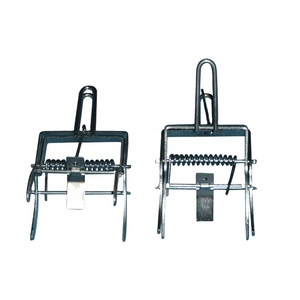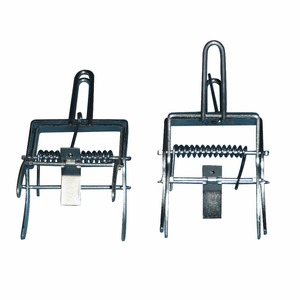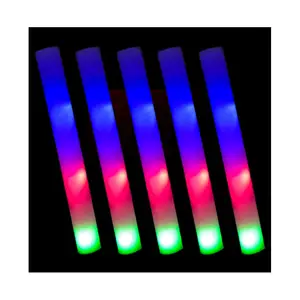Popular in your industry


















































































































































































Top categories
About conibear traps
Understanding Conibear Traps
Conibear traps, a vital tool in wildlife management and pest control, offer a specialized solution for those dealing with nuisance animals. These devices, named after their inventor, Frank Conibear, are body-gripping traps designed to provide a quick and humane method of capture. The mechanism is triggered when an animal passes through the trap, striking a balance between efficacy and safety.
Types and Sizes of Conibear Traps
The variety of conibear trap sizes caters to different species, from small rodents to larger mammals. The 110 conibear traps are commonly used for squirrels and mink, while the 220 conibear trap and 330 conibear traps are effective for animals like raccoons and beavers, respectively. Each size is tailored to target specific animals, reducing the chances of catching non-target species.
Features and Applications
Conibear animal traps are engineered for versatility. The compact design allows for easy placement in various environments, from wooded areas to urban settings. The conibear beaver trap, for instance, is robust enough to manage the larger, semi-aquatic rodents. For smaller pests, the conibear squirrel trap is an ideal choice. These traps can be set in strategic locations, making them an integral component in wildlife management and pest control strategies.
Materials and Construction
Durability is a hallmark of trapper conibear products. Constructed with weather-resistant materials, these traps withstand environmental challenges, ensuring longevity and consistent performance. The design of a conibear trap set is a testament to the thoughtful engineering that prioritizes both the trapper's safety during setup and the welfare of the animal.
Advantages of Using Conibear Traps
The advantages of using conibear 330, conibear 220, or conibear 110 traps are multifaceted. They are designed to be effective without the need for frequent maintenance, making them a practical choice for managing wildlife over large areas. Additionally, the specificity of trapping with conibears aids in targeting the intended species, which is crucial in maintaining ecological balance and property safety.
Choosing the Right Conibear Trap
Selecting the appropriate conibear trap sizes is essential for effective trapping. Factors such as the target species, the environment of the trap placement, and the intended use should guide the selection process. Whether it's for a small-scale garden or a larger landscape, there is a conibear trap designed to meet the needs of the situation.


















































